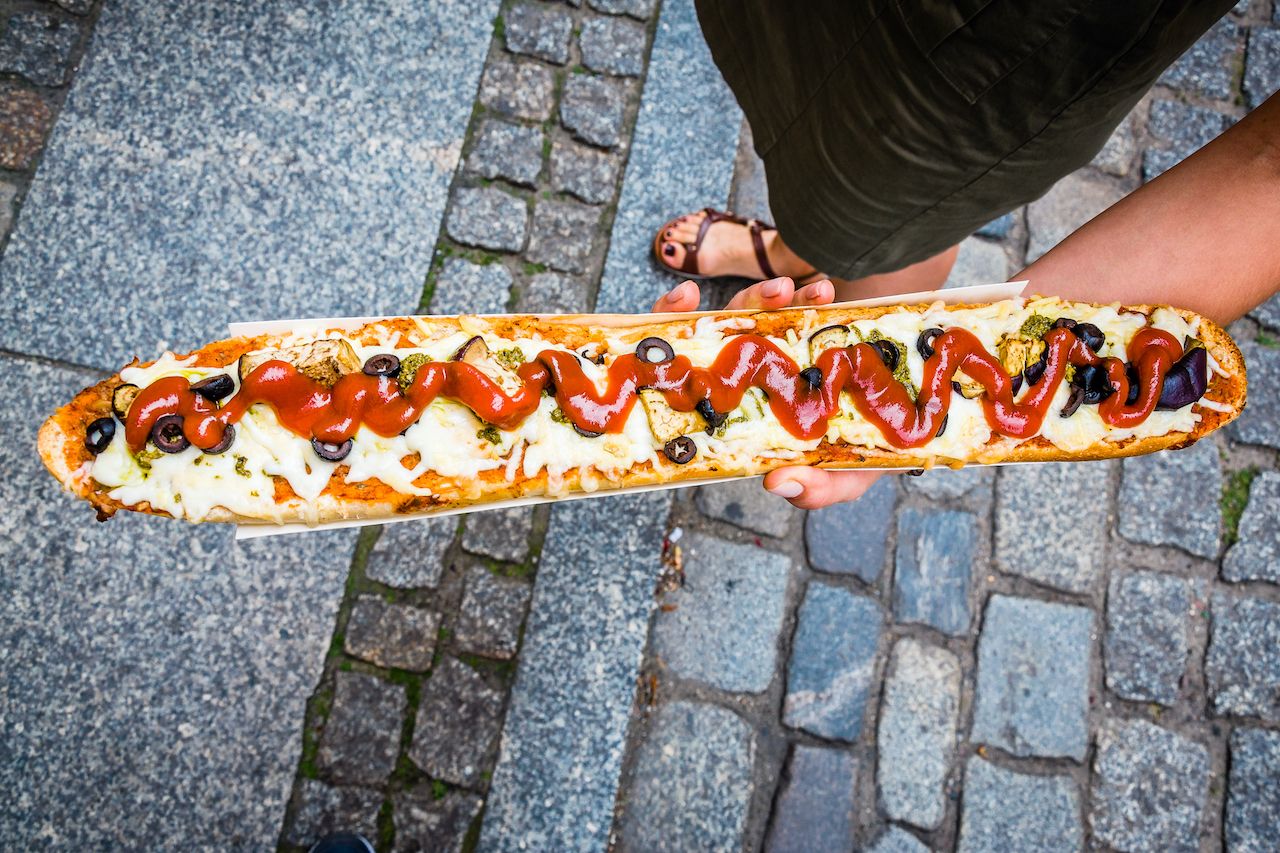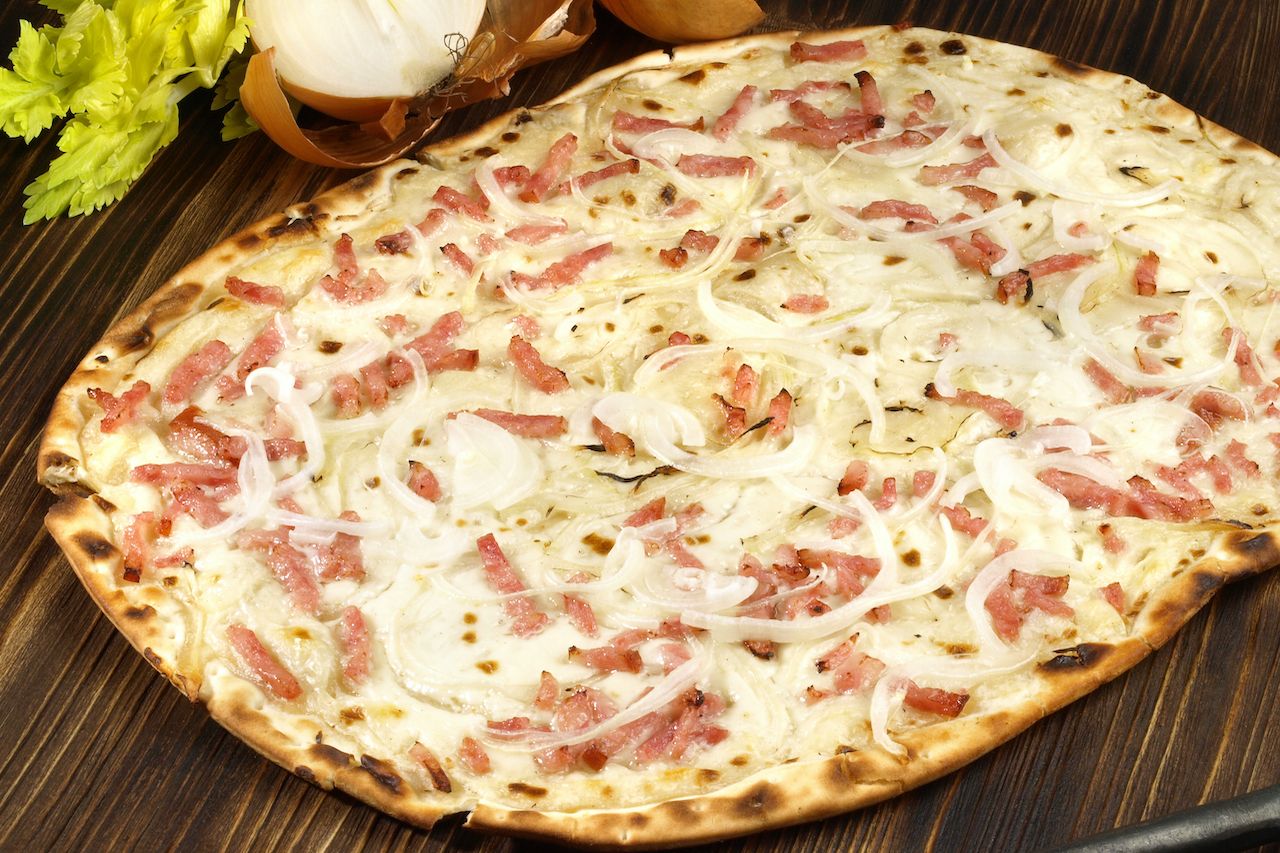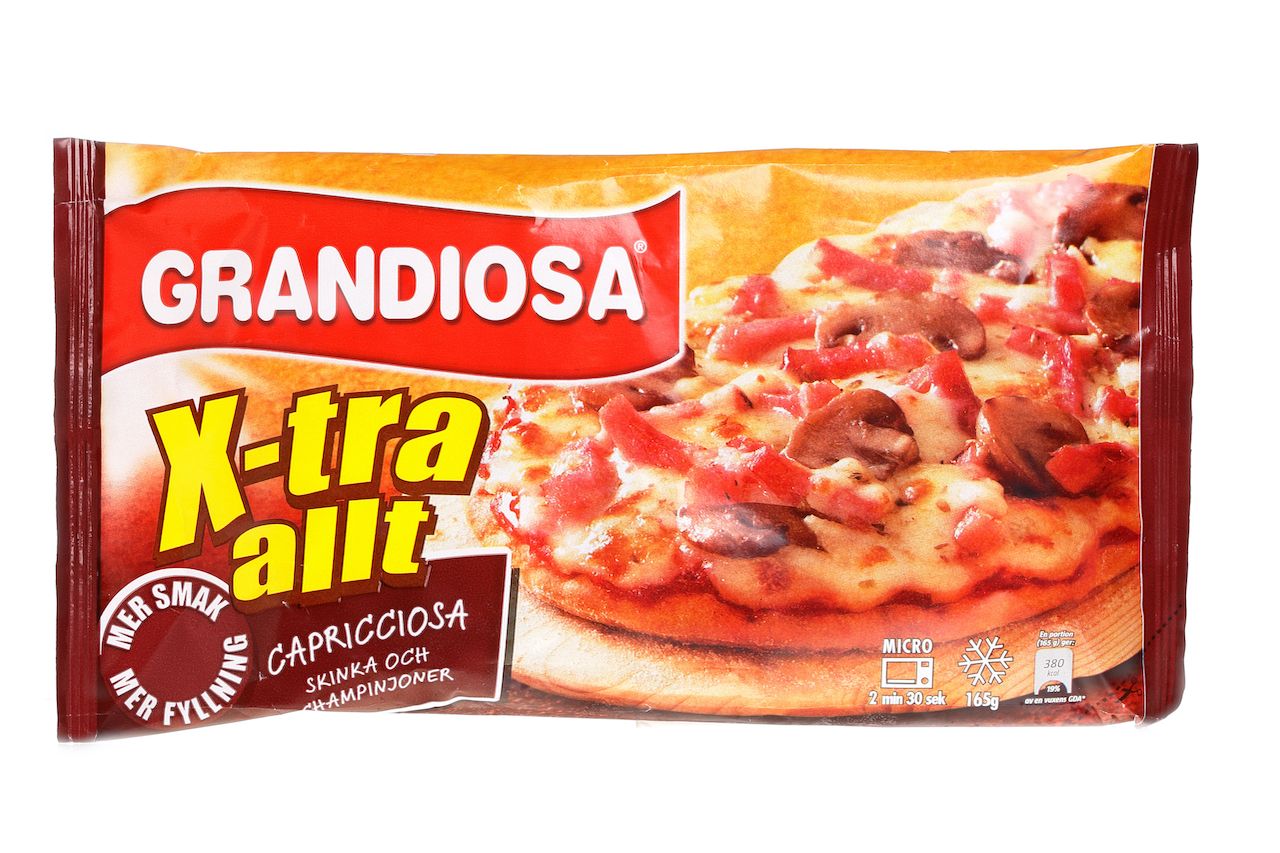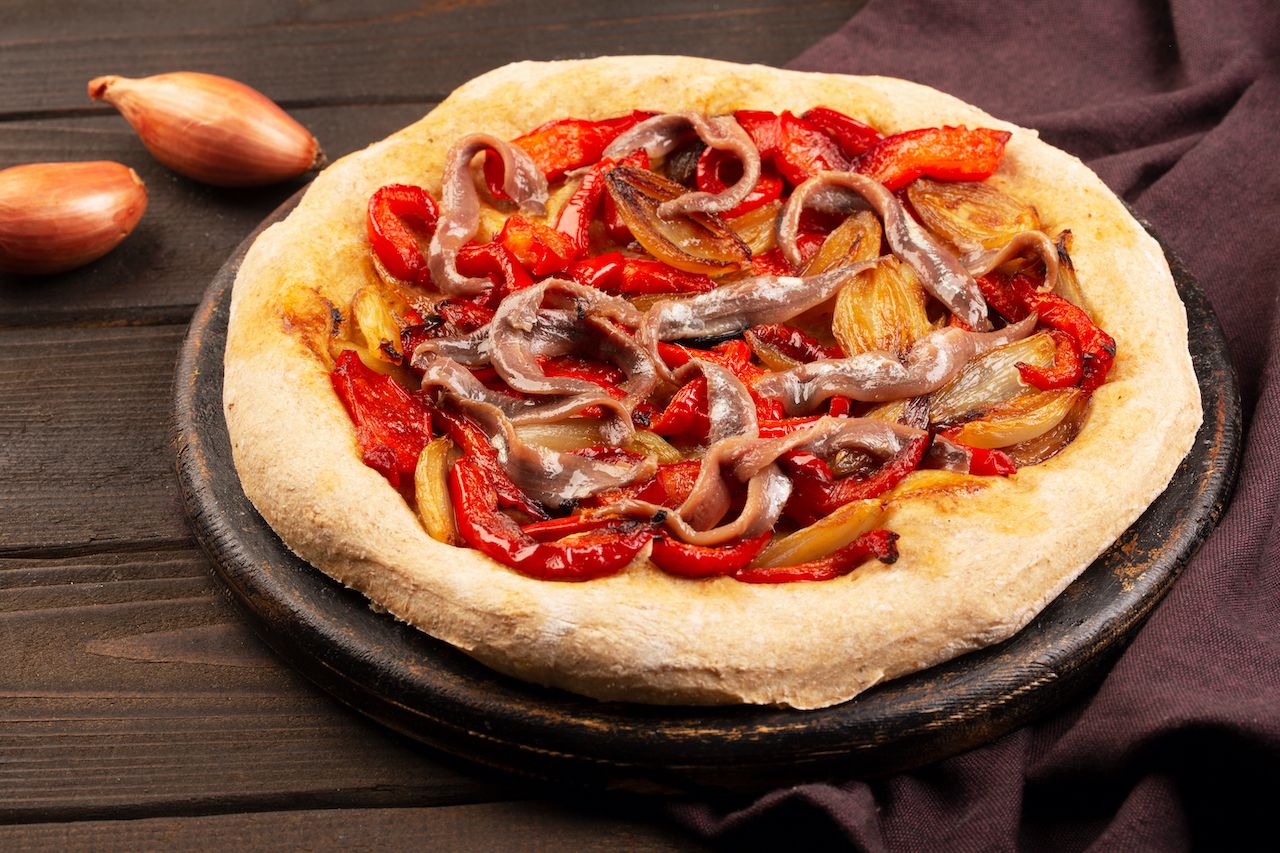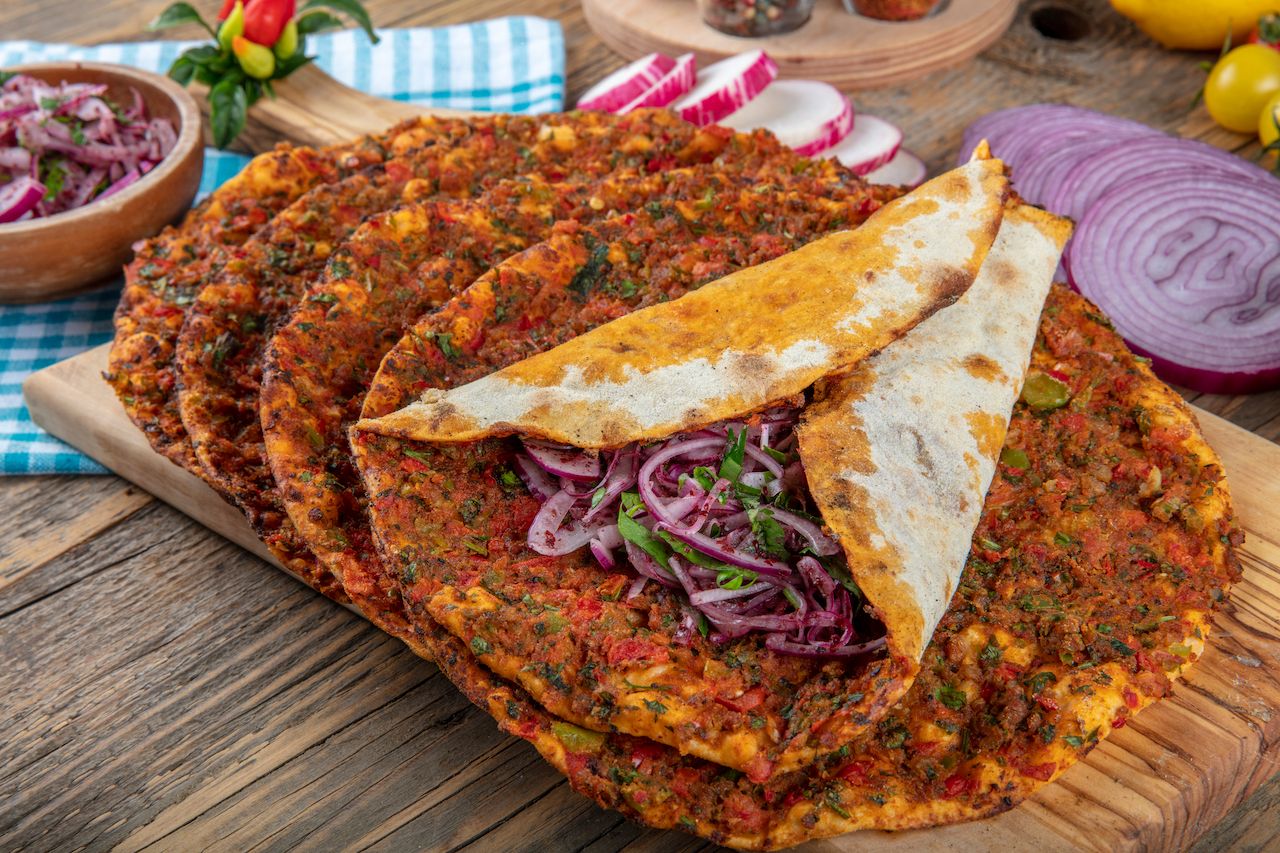Pizza is the people’s food. Its simple components might create the false impression that pizza itself is simple, but the genius of pizza lies in its ability to be both simple and complex at the same time. While the basic construction of pizza has long been the same, pizza’s evolution is endless. Much like fine art, it assumes a different aesthetic depending on where it’s eaten. The United States alone has a number of different styles of pizza, from New Haven’s apizza to Detroit’s Sicilian-inspired pizza to the famous pies of Manhattan and Brooklyn in New York. There are even multiple different styles of pizza in Italy to try depending on where you’re at in the country.
This diversity of style spans the globe. From Norway’s obsession with frozen pizza to Poland’s sandwich-esque zapiekanka, these are the pizza styles around the world that every connoisseur should know about.


